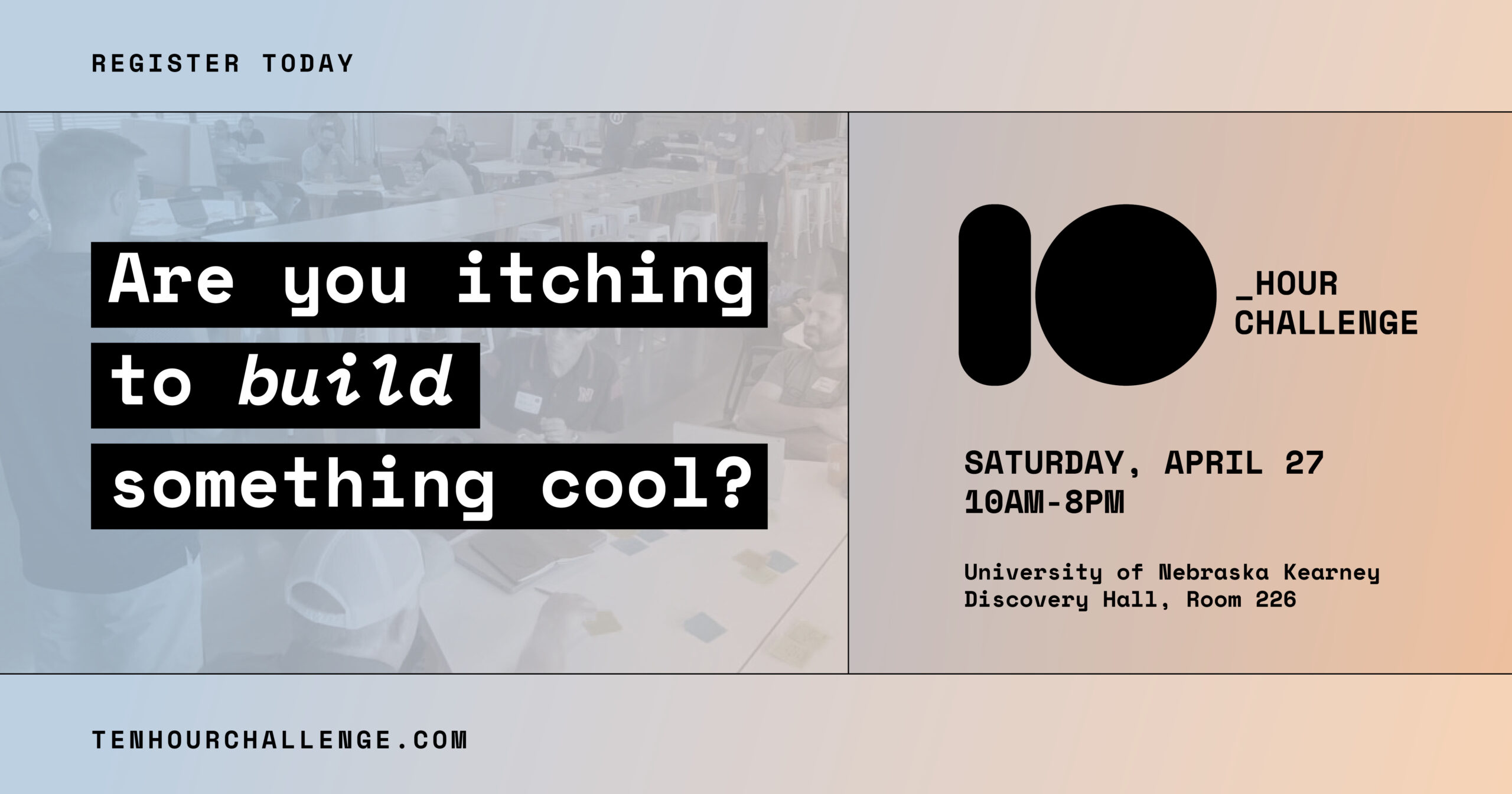
This is Part 1 of a two-part post from our sponsor, Cosentry.
You can’t throw a rendered CGI rock on the internet without hitting some sort of video streaming service. According to a recent report from Sandvine, Netflix (35 percent) and YouTube (18 percent) account for more than half of all the traffic on the Internet in North America.
One thing that Netflix, YouTube and the rest of the old guard have in common is they use a “one to many” downstream model. Let’s say a video created by Hollywood, then distributed through a well-known streaming platform. Based on the knowledge of the properties involved, we can (somewhat) accurately predict video demand. Sometimes a corgi jumping off a dock will break the mold, but under the current system, a few viral videos here and there can be worked with.
It requires a certain type of system to accommodate this style of video consumption on the Internet. Right now, content distribution networks (Level3, Akamai, etc.) move popular, dense content to facilities that are close to the masses of consumers seeking out these videos. It also is important to note that, from a computational standpoint, photos and videos are the same in the Internet world—video is effectively a number of pictures lumped together with sound.
All of this is changing now. First, we are all staring to create our own content and distribute it to our own audiences and our own circles. This will cause traffic to increase exponentially—think Vimeo, Vine or Snapchat, for example. Mobile smartphones are not only capable of capturing high-definition video (1080p) and 40-plus megapixel stills. These picture and video quality rates are creating a staggering demand for bandwidth that is without precedent.
Not only are usage rates expanding, but as time passes, we will constantly be discovering new and amazing ways that video streaming can benefit lives. Think about Khan Academy and imagine the near future, with the world’s best professors giving lectures to millions. Consider medicine, with robotic surgical devices being controlled by the world’s top surgeons.
Right now, image and video storage and caching only works well if the content to be distributed is common, or has predictable demand. Since this massive new influx of content is breaking all the rules of demand and predictability, managing the data is going to create stiff challenges for even the most capable content distribution networks.
If content is created and moved in multiple directions, then there will need to be distributed storage in addition to cached common content. This functions similar to social media: only the content that needs to be pushed everywhere, will be. Content with only local uses must stay local, or the systems will crash. This will drive the need for reliable cache and storage in each market, time zone and/or other content demand break point.
So what is going to happen next? Well, to start with, priorities are going to shift for data centers. Right now, cloud computing is pushing forward the idea that data center location is a minor element in information storage. As bandwidth requirements and demand both skyrocket, there will be a renewed emphasis on facilities that are physically close to content consumers.
Storage and CPU vendors also are going to see a substantial increase in demand; all caused by our insatiable desire for image-based computing.
As younger generations become comfortable with living their lives on camera, and as the quality and accessibility of recording hardware continue to skyrocket, nearly every aspect of the data center and networking industries will feel the impact of life on film.
About the author: Kevin Dohrmann is the CTO at Cosentry.
About the sponsor: Cosentry is the trusted leader in Midwest Data Center Services, providing solutions that allow our customers to focus on their core business, knowing that their IT Infrastructure is operating at the highest level of reliability, performance, and security.



